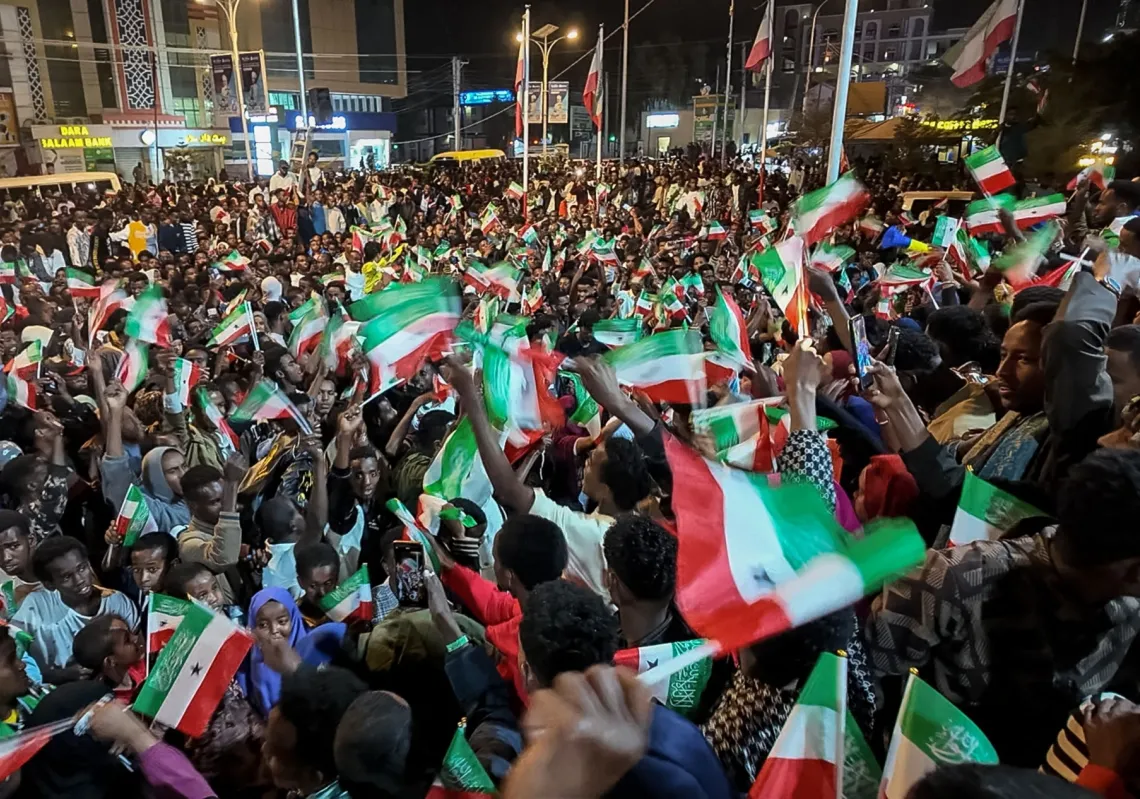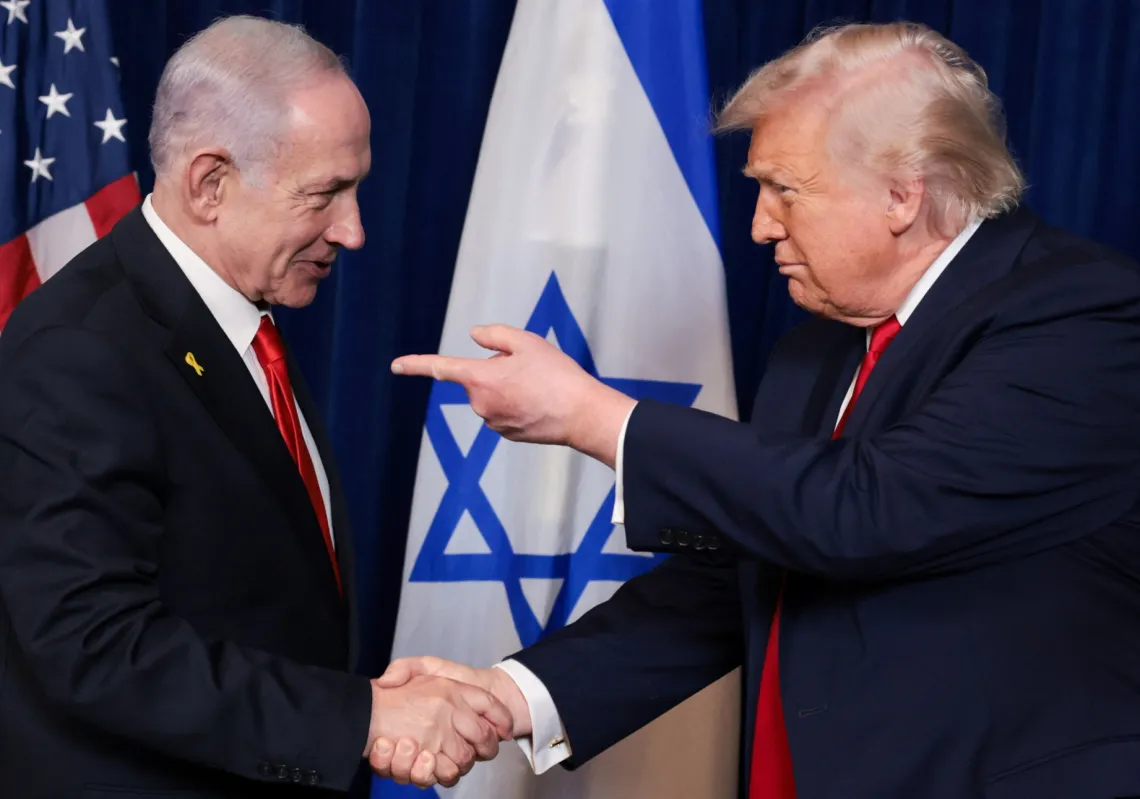 Syrian troops photographed during a gas mask training exercise in Saudi Arabia during the run up to the first Gulf War in March 1990. Tom Stoddart/Getty Images[/caption]If confirmed, recent reports about the use of chemical weapons in Syria, in Kahn Al-Asal last month and in Homs in December 2012, possibly signal that President Bashar Al-Assad is testing the international community’s red line. In addition, a growing body of evidence suggests that the Assad regime has moved to either increase the security measures on its stockpile of chemical weapons or to transport them to safer locales. However, no definitive evidence that these agents are being loaded into warheads currently exists.
Syrian troops photographed during a gas mask training exercise in Saudi Arabia during the run up to the first Gulf War in March 1990. Tom Stoddart/Getty Images[/caption]If confirmed, recent reports about the use of chemical weapons in Syria, in Kahn Al-Asal last month and in Homs in December 2012, possibly signal that President Bashar Al-Assad is testing the international community’s red line. In addition, a growing body of evidence suggests that the Assad regime has moved to either increase the security measures on its stockpile of chemical weapons or to transport them to safer locales. However, no definitive evidence that these agents are being loaded into warheads currently exists.
President Obama has repeatedly stated that the use of chemical or biological weapons in Syria is a “red line”; however, as the fog of war grows murkier, drawing such a line has become harder to do and, importantly, it has become more difficult to define what constitutes a crossing of it. Doing so involves grappling with important questions: what do we mean when we say that such a weapon ‘has been used’? What scale of an attack would precipitate a response by the UN Security Council?
In this most recent case in northern Syria, Russia was vocal in its support for the Assad regime’s claim that the opposition was responsible. It also backed Assad’s call for a UN investigation into the incident. The opposition responded by blaming the government for the alleged chemical weapon attack.
A similar situation could emerge again. One cannot discount the possibility of President Assad deploying a chemical weapon on a larger scale and blaming it on Jabhat Al-Nusra. In a case such as this, will President Obama be able to gain Russian support for intervention, or will it be a point of disagreement in the international community?
Equally, while no evidence exists that armed groups in Syria control chemical weapons, the possibility that Hezbollah or Jabhat Al-Nusra will acquire and use such weapons cannot be ignored. Such scenarios also raise important questions on what the international community’s response will be. If Jabhat Al-Nusra employed a chemical weapon in Damascus, would the international community intervene? Would Russia allow NATO to intervene and in doing so inevitably usher in the fall of the Assad regime?
In the midst of a deepening civil war in Syria, President Obama faces a difficult dilemma in the issue chemical weapons: he can either act to secure and destroy these weapons in cooperation with like-minded states, or hope that warnings will prove enough to be enough of a deterrent against employing them. The American president is understandably reluctant to engage militarily in Syria—a reality very well understood by President Assad and his inner circle. If the regime escalates its tactics and chooses to employ chemical weapons, it will not likely be the black-and-white scenario that gives the international community the clear choice to intervene; rather, it will be in the grey area where blame cannot as easily be ascertained. It is one thing to draw a red line, but it is another to discern whether it has been crossed through the fog of war.









